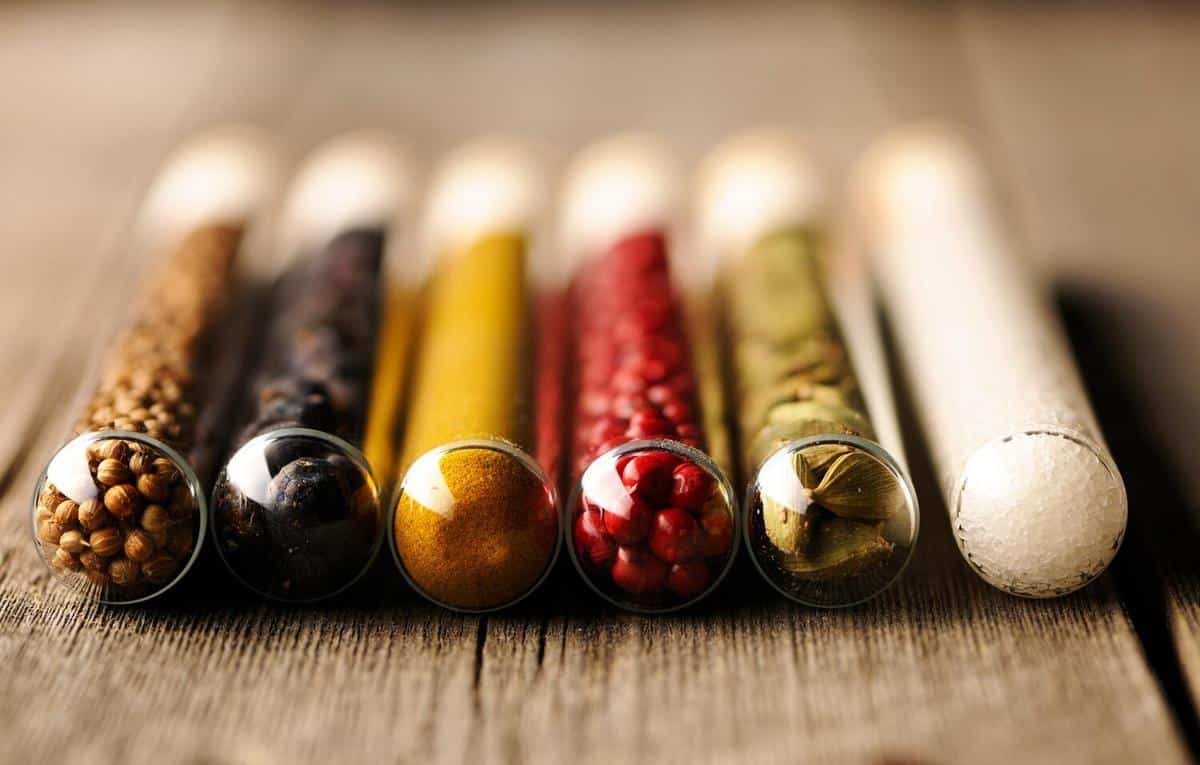
Spice Up Your Life: The Health Benefits of Spices
Spices have long been the secret ingredient that transforms ordinary dishes into extraordinary culinary experiences. Beyond their ability to enhance flavor, spices are packed with health benefits that can play a vital role in a nutritious diet.
Unlocking the Power of Spices
Spices are more than just flavor enhancers; they are nutritional powerhouses loaded with antioxidants, anti-inflammatory properties, and essential nutrients. According to a study published in the Journal of Nutrition, incorporating spices like turmeric, cinnamon, and ginger can significantly reduce inflammation and oxidative stress in the body.
Expert Insights
Nutritionist Dr. Emma Collins explains, “Spices have been used for centuries in traditional medicine for their healing properties. They are an excellent way to add health benefits to your meals without extra calories.” This underscores the importance of spices not just for taste but also for wellness.
Spices and Their Health Benefits
| Spice | Health Benefit |
|---|---|
| Turmeric | Anti-inflammatory and antioxidant properties |
| Cinnamon | Helps regulate blood sugar levels |
| Ginger | Aids digestion and reduces nausea |
| Garlic | Supports immune function |
| Cayenne Pepper | Boosts metabolism and reduces hunger |
| Paprika | Rich in vitamin A and antioxidants |
| Cloves | Antimicrobial and aids in oral health |
| Cardamom | Supports digestive health |
Personal Stories
Take the example of Michael, who started adding a pinch of turmeric to his morning smoothie and noticed a significant decrease in joint pain over a few months. Incorporating spices into daily meals can be a simple yet effective way to enhance well-being.
How to Use Spices Effectively
- Start Small: If you’re new to using spices, begin with small amounts to let your palate adjust.
- Experiment: Try different spice combinations to discover your favorite flavors.
- Store Properly: Keep spices in a cool, dark place to maintain their potency.
For a quick health boost, add a sprinkle of cinnamon to your morning coffee or oatmeal. It not only enhances flavor but also helps in maintaining steady blood sugar levels.
Frequently Asked Questions
Can spices really improve my health?
Yes, many spices have been shown to offer health benefits, including anti-inflammatory and antioxidant effects.
How should I store my spices?
Store spices in a cool, dark place away from direct sunlight to keep them fresh longer.
Conclusion
Spices are a simple yet powerful addition to any diet, offering a range of health benefits alongside their flavor-enhancing properties. By incorporating a variety of spices into your meals, you can enjoy their health benefits and experiment with exciting new flavors. Start small, be adventurous, and spice up your life for better health!


